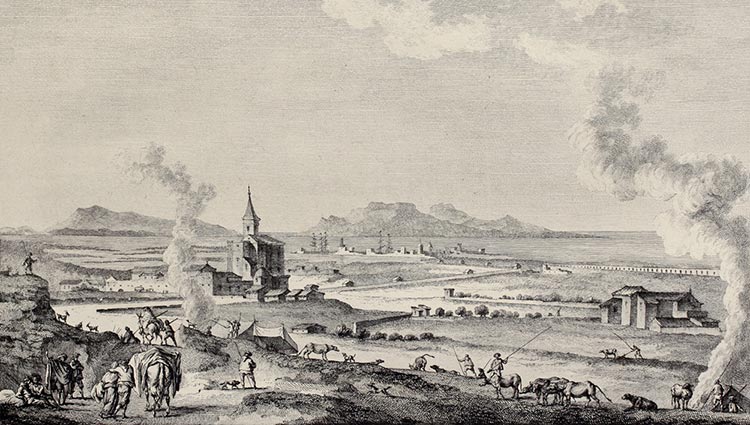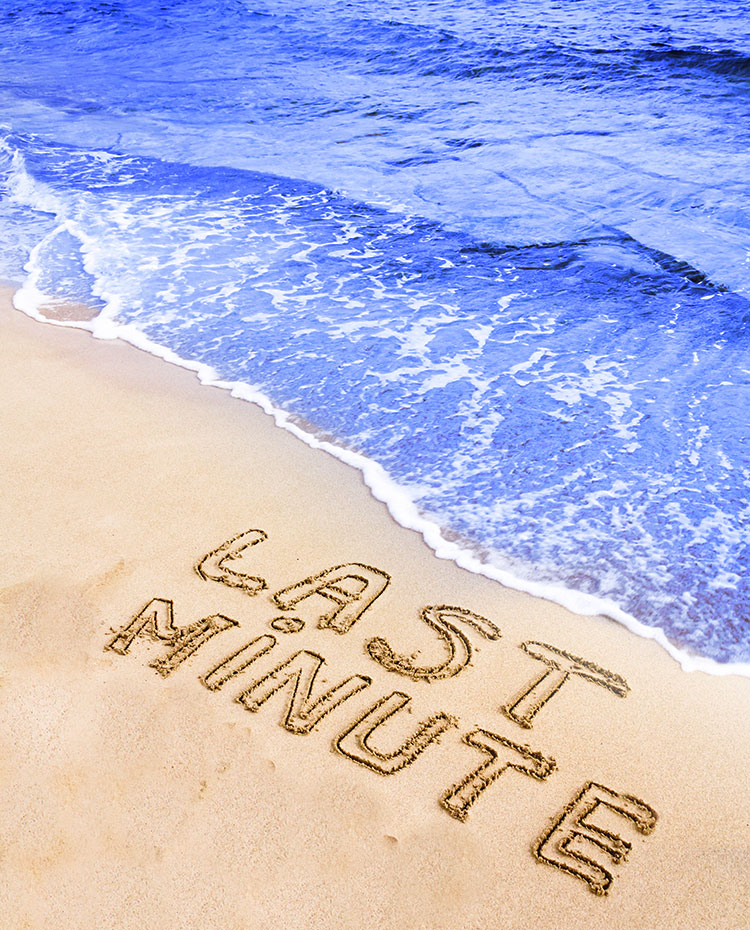
History of Favignana
The city of Favignana - The main center of the island and the capital of the archipelago Egadi, the small port that has the same name of the island, is located in a wide bay dominated by the Fort of St. Catherine,
,
at the top of the homonymous mountain. Ancient sighting post Saracen, rebuilt by the Norman King Roger II and enlarged later, was used in the Bourbon period, as a prison (1794-1860).
The town has two buildings that recall both Florio, the important family of Marsala that Favignana has encouraged the development of tuna fisheries: behind the port Florio Palace, built in 1876, and, in the bay on the right , the big tuna, now abandoned, which is to reopen as a multipurpose center with a project that provides a comprehensive restructuring of the building.

The town is built around two squares: Piazza Europa and Cathedral square, linked from the main road, half of the evening walk. To the north-east of the town, the area of St. Nicholas (behind the cemetery) hides an area that bears the marks of the past but unfortunately, it is still in private hands and therefore almost impossible to visit.
The beaches and coves - There are two main beaches: Cala Azzurra, small sandy bay south of the town, and the wide beach of Lido Burrone, always south, but slightly shifted west. Can be reached by their own means or with the bus, going the route every hour. The most spectacular and fascinating, however, are rocky coves, particularly the Cala Rossa and the nearby Cala del Bue Marino. The most unique aspect of these places is that they are mining areas of tuff, and here the quarries (these large caves whose time has not yet collapsed) develop into large and mysterious tunnels explorable only with a flashlight. In the other half of the island, the most beautiful are Cala Rotonda, Cala Grande and Punta Ferro, starting point for diving enthusiasts.
Tourism
The butterfly, as it is often called the island for the two wings that seem deployed on the flower blue sea in suggerne nectar, owes its present name to the wind Zephyr, while in antiquity was called Aegusa. In recent times, its history is linked to the Florio family who invested in a trap, whose imposing size still dominates the landscape, close to the harbor. And it is tuna fishing, with the slaughter (traditional, but cruel way to kill the tuna remained trapped in the death chamber), which in the past has been the main activity of the inhabitants of the island. Favignana has an area of about 20 sq km and is crossed along the "wing" Western, from Mountain Grossa which, despite its name, does not reach the 302 m above sea level. The eastern part is more flat and includes the main town. The coast, very jagged, leaves room here and there in the sandy beaches.
